|
. |
. |
|

Acer circinatum |
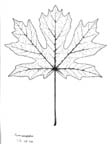
Acer macrophyllum |
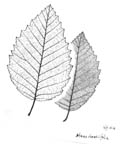
Alnus rhombifolia |
Sample area: near. Rt. 101 and Port Angeles; alt. 150m (study date: Aug 25, 1997); cool temperate rain forest often profuse in epiphytic lichens (Usnea) and mosses*** associated with the long pendent Selaginella oregano and S. girgensohnii.
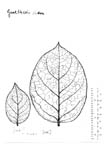
Gaultheria shallon |
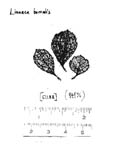
Linnea borealis |
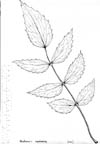
Mahonia nervosa |
Description of the sample area: The forest is dominated here by 3-4 coniferous species (as above) or, with Sitka spruce (Picea Sitchensis), up to 5, with trunks l.5-2m or more across (rarely to 4m) and a canopy typically reaching 50-60m (A1/a layer). Only the Oregon or Bigleaf maple (Acer macrophyllum) competes here with the conifers, still restricted to a lower layer (A1/b). The low, decumbent Vine maple (Acer circinaturn), the only "Japanese maple" (sect. Palmatum) of America dominates the lower tree (A2) layer to such an extent that it largely replaces the shrub (B1) level; other Asian ties in these forests includes Devils-club (Oplopanax horridus), a close relative of O. japonicus.

Oplopanax |
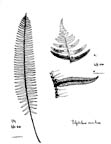
Polystichum munitum |
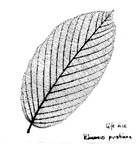
Rhamnus purshiana |
The lower shrub layer is poor with scattered patches of the "polycormon"-developing Salal (Gaultheria shallon) a western "Wintergreen" or Partridgeberry and the "Asian spirited" Oregon-grape (Mahonia nervosa) with long, pinnate leaves, terminal, fascicled racemes and creeping stem. The herbaceous layer is ruled by the woody-stemmed evergreen, Western Swordfern (Polystichum munitum), more bulky than the Eastern Swordfern (P. acrostichoides). In raised mossy patches near the trunks, the small creeping circumpolar subshrub, Twinflower (Linnaea borealis), forms a carpet. The moss (D) layer is rich and completely covers the forest floor and fallen "nurse" trunks with the abundant conspicuous lichens Lobaria oregano and L. pulmonaria.
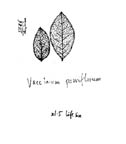
Vaccinium parviflorum
Plant list with percentage of coverage:
A/la (upper tree layer; 100%( ****):
- Pseudotsuga menziesii 25-37.5%,
- Abies grandis 25-37.5%,
- Tsuga heterophylla 25-37.5%,
- Thuja plicata 12.5-25%;
- Acer macrophyllum l5-12.5%,
- Alnus rhombifolia 0.25%;
- Acer circinatum 62.5-75%,
- Rhamnus purshiana 0.25%;
- Taxus brevifolia 0.25%,
- Oplopanax horridus 5-12.5%,
- Oemleria =Osmaronia cerasiformis 0.25%;
- Mahonia nervosa 1-5%,
- Gaultheria shallon 5-12.5%,
- Vaccinium parviflorum 1-5%,
- Rubus idaeus 0.25-1%;
C (herbaceous and subshrub layer; 90%):
- Polystichum munitum 75-87.5%,
- Linnaea borealis 1-5% (up to 37.5-50%),
- Blechnum spicant 1-5%,
- Pteridium aquilinum 0.25-1%,
- Dryopteris filix-femina 1-5%,
- Oenanthe sarmentosa 0.25 1%,
- Adenocaulon bicolor 0.25-1%,
- Galium bifolium 0.25%,
- Tiarella trifoliata 0.25%,
- Asarum sp. 0.25%,
- Oxalis oregana 0.25-1%,
- Maianthemum dilatatum 0.25-l%,
- Luzula sp. 0.25%,
- Disporum hookeri 0.25%,
- Achlys triphylla 0.25-1%,
- etc., a total of 28 higher plant species;
D (Moss layer; 100%).
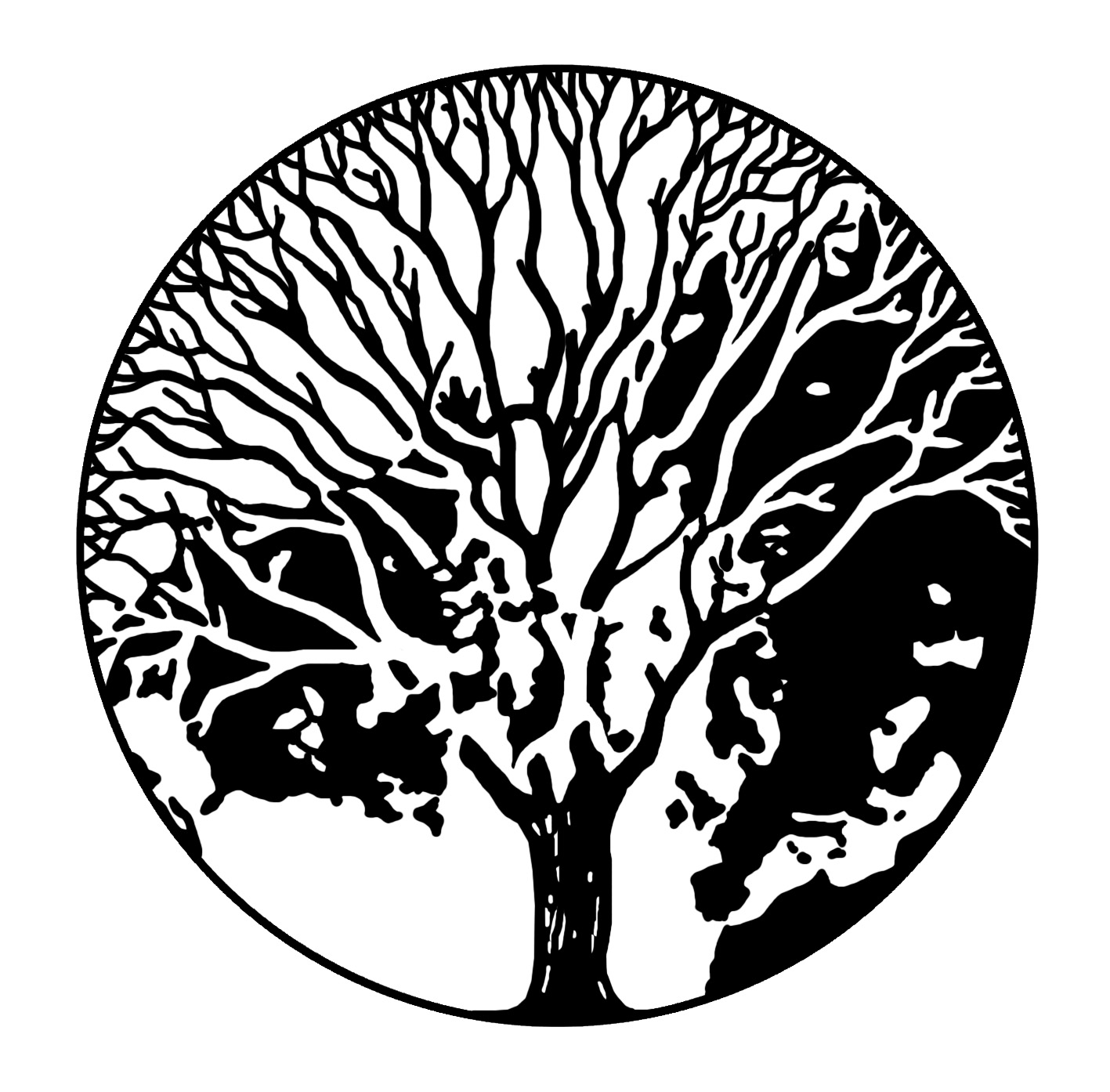
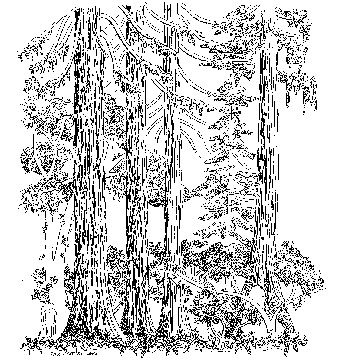 Vegetation
Profile of a Douglas Fir
Vegetation
Profile of a Douglas Fir